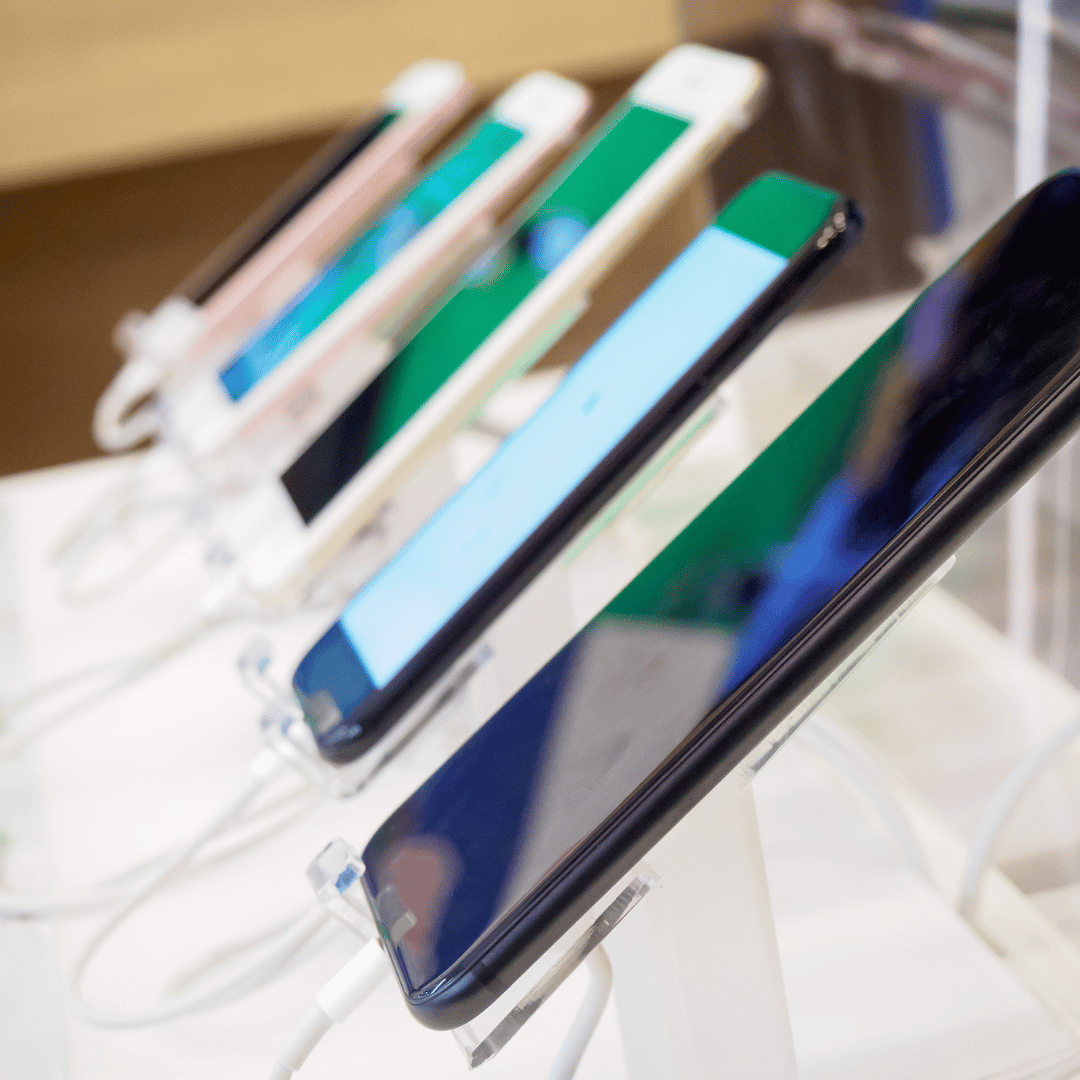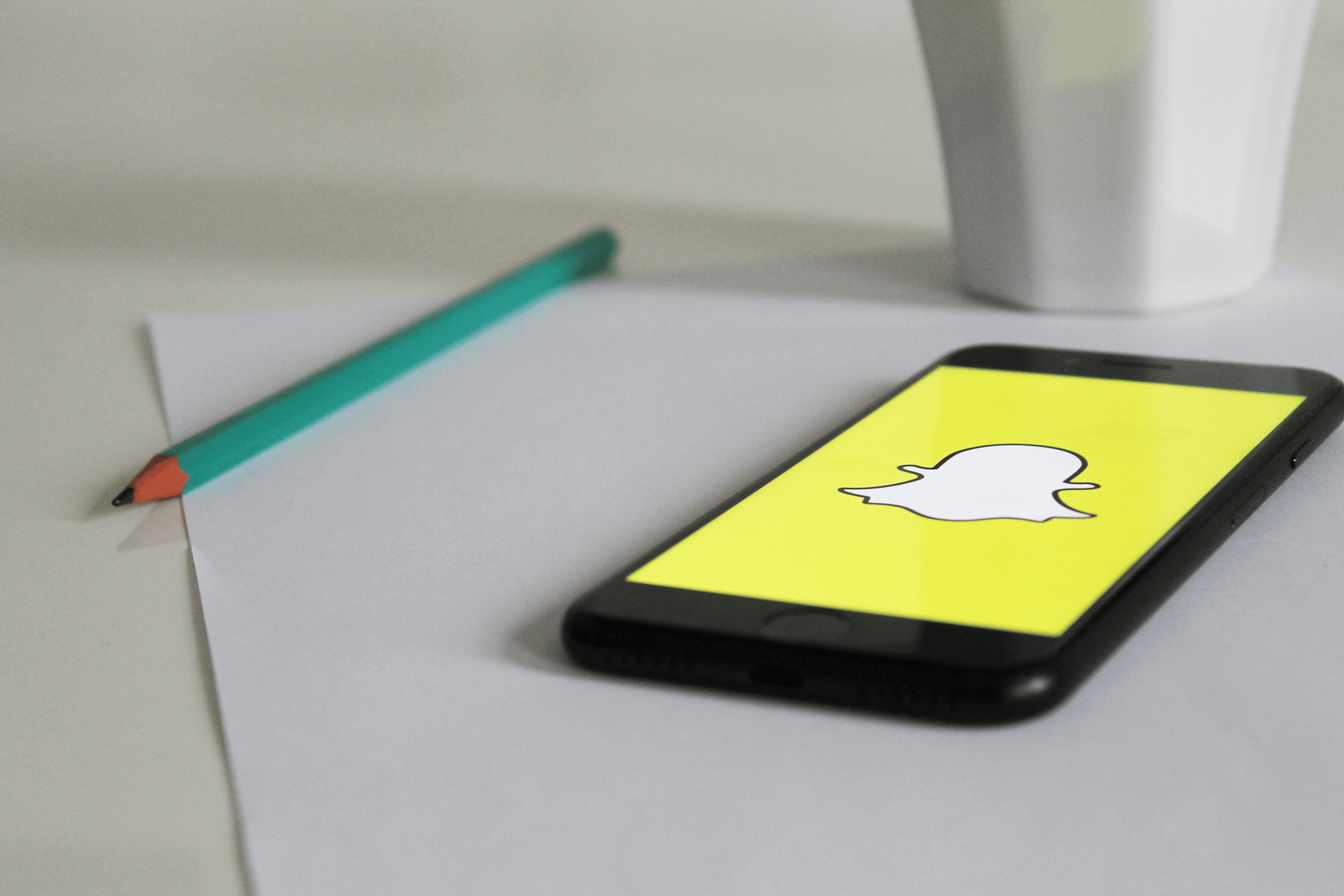
T-Mobile is making waves at the Super Bowl by unveiling its satellite service ambitions, with a widespread launch of Starlink planned for July.
The carrier announced it is now beta-testing SpaceX’s Starlink service, allowing users to send SMS messages in areas without T-Mobile’s terrestrial coverage. The beta program, free for all T-Mobile postpaid customers, is also temporarily open to AT&T and Verizon users until July.
When the service fully launches, it will be included in T-Mobile’s premium Go5G Next plan and offered as an add-on for $15 per month per line. Early adopters who enroll in February can secure a discounted rate of $10 per month. AT&T and Verizon users can continue using Starlink for $20 per month, provided they have an unlocked device compatible with eSIM technology.
Users from all three networks can sign up for the beta via T-Mobile’s website. Participants will be onboarded on a first-come, first-served basis, with the carrier reaching out as spots become available.
Responding to Competition
T-Mobile’s decision to extend satellite coverage to competitors was reportedly spurred by a Verizon ad featuring astronaut Buzz Aldrin, promoting satellite texting capabilities not yet available on Verizon’s network.
“This wasn’t in our original Super Bowl plan,” said Clint Patterson, T-Mobile’s senior VP of marketing. “But when we saw Verizon’s ad, we felt compelled to act.”
Currently, T-Mobile and SpaceX have over 450 satellites in orbit, covering approximately 500,000 square miles of otherwise inaccessible terrain.
Device Compatibility
T-Mobile has been working with SpaceX and phone manufacturers to ensure compatibility, with most T-Mobile devices released in the past four years—like the iPhone 14 and Galaxy S21—supporting Starlink.
Initially, only a limited number of devices will work with the beta, but the compatibility list will expand weekly. Customers will be notified when their phone becomes eligible.
Emergency Connectivity
T-Mobile’s Starlink service has already demonstrated its potential in emergencies. During disasters like last year’s Hurricanes Milton and Helene, as well as recent wildfires in Los Angeles, the technology kept users connected.
In emergencies, T-Mobile may offer the service to all users, regardless of their plan or provider. Mike Katz, T-Mobile’s president of marketing, emphasized this commitment: “In times of crisis, competition takes a back seat to helping those in need.”
Expanding Features: Data and Voice Coming Soon
For now, the Starlink beta focuses on SMS messaging, but T-Mobile plans to introduce data services later in 2025 and voice capabilities in the future. This expansion could make T-Mobile’s offering more competitive than device-based satellite services from Apple and Google.
Apple’s solution supports emergency messages and, with iOS 18, standard iMessages via satellite. Google has partnered with Skylo to enable emergency satellite messaging on its Pixel 9 series. Both services are currently free, though they may adopt subscription models later.
T-Mobile, however, is positioning its satellite network as an extension of its carrier services, ensuring seamless integration for users.
With its Starlink collaboration, T-Mobile aims to redefine connectivity, offering a lifeline in remote areas and emergencies while carving out a competitive edge in the satellite service market.






Leave a Reply